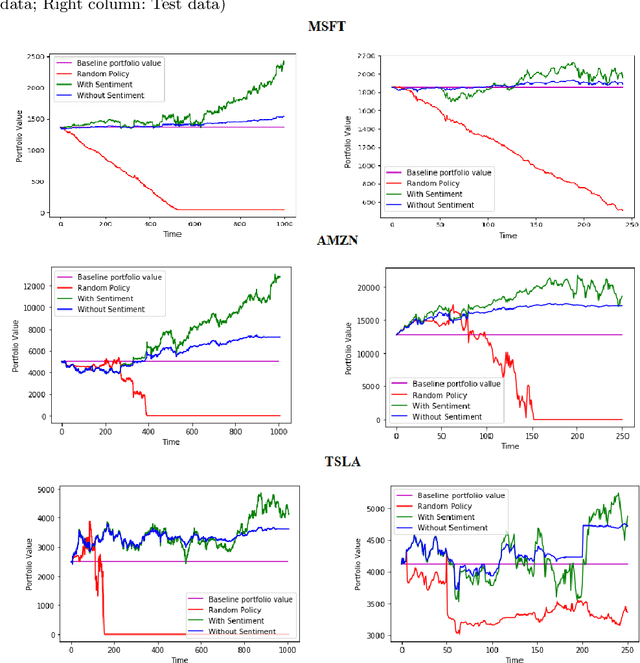Abhishek Nan
Ordinary Differential Equation and Complex Matrix Exponential for Multi-resolution Image Registration
Jul 27, 2020



Abstract:Autograd-based software packages have recently renewed interest in image registration using homography and other geometric models by gradient descent and optimization, e.g., AirLab and DRMIME. In this work, we emphasize on using complex matrix exponential (CME) over real matrix exponential to compute transformation matrices. CME is theoretically more suitable and practically provides faster convergence as our experiments show. Further, we demonstrate that the use of an ordinary differential equation (ODE) as an optimizable dynamical system can adapt the transformation matrix more accurately to the multi-resolution Gaussian pyramid for image registration. Our experiments include four publicly available benchmark datasets, two of them 2D and the other two being 3D. Experiments demonstrate that our proposed method yields significantly better registration compared to a number of off-the-shelf, popular, state-of-the-art image registration toolboxes.
DRMIME: Differentiable Mutual Information and Matrix Exponential for Multi-Resolution Image Registration
Jan 27, 2020



Abstract:In this work, we present a novel unsupervised image registration algorithm. It is differentiable end-to-end and can be used for both multi-modal and mono-modal registration. This is done using mutual information (MI) as a metric. The novelty here is that rather than using traditional ways of approximating MI, we use a neural estimator called MINE and supplement it with matrix exponential for transformation matrix computation. This leads to improved results as compared to the standard algorithms available out-of-the-box in state-of-the-art image registration toolboxes.
Sentiment and Knowledge Based Algorithmic Trading with Deep Reinforcement Learning
Jan 26, 2020

Abstract:Algorithmic trading, due to its inherent nature, is a difficult problem to tackle; there are too many variables involved in the real world which make it almost impossible to have reliable algorithms for automated stock trading. The lack of reliable labelled data that considers physical and physiological factors that dictate the ups and downs of the market, has hindered the supervised learning attempts for dependable predictions. To learn a good policy for trading, we formulate an approach using reinforcement learning which uses traditional time series stock price data and combines it with news headline sentiments, while leveraging knowledge graphs for exploiting news about implicit relationships.
Exploring TD error as a heuristic for $σ$ selection in Q
Dec 21, 2019



Abstract:In the landscape of TD algorithms, the Q($\sigma$, $\lambda$) algorithm is an algorithm with the ability to perform a multistep backup in an online manner while also successfully unifying the concepts of sampling with using the expectation across all actions for a state. $\sigma \in [0, 1]$ indicates the extent to which sampling is used. Selecting the value of {\sigma} can be based on characteristics of the current state rather than having a constant value or being time based. This report explores the viability of such a TD-error based scheme.
 Add to Chrome
Add to Chrome Add to Firefox
Add to Firefox Add to Edge
Add to Edge